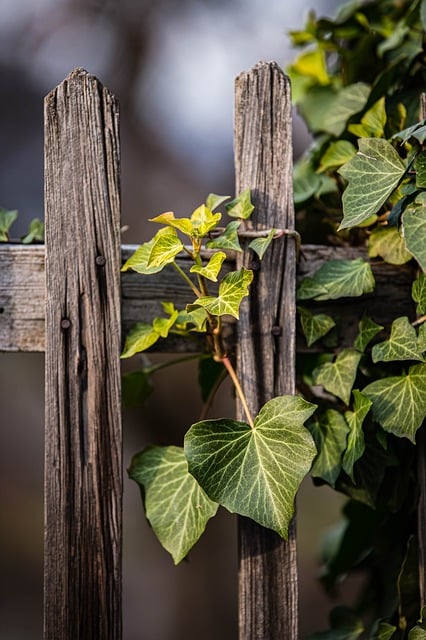DIY Fence Installation Tips for New Bedford Homeowners
Adding a fence to your New Bedford property offers both aesthetic appeal and practical benefits, from enhancing privacy to defining your outdoor space. This guide equips you with the knowledge and step-by-step instructions to tackle your fence installation project successfully. We’ll explore different fencing options suitable for New Bedford homes, detail the essential planning and preparation required, list crucial tools and materials, and provide a comprehensive walk-through of the DIY installation process.
- Understanding Your Fence Options for New Bedford Homes
- Measuring and Planning Your Fence Installation
- Essential Tools and Materials for the Job
- Step-by-Step Guide to DIY Fence Installation
Understanding Your Fence Options for New Bedford Homes
When considering fence installation in New Bedford, Massachusetts, homeowners have a variety of options to choose from, each with its own unique advantages and styles. The most common types include wood, vinyl, chain link, and iron fences. Wood fences offer a classic, natural look but require more maintenance. Vinyl fences are low-maintenance and come in various colors and designs, making them a popular choice for many New Bedford homes. Chain link fences provide security and visibility, ideal for backyards with kids or pets, while iron fences exude elegance and durability, often used as property boundaries.
Before deciding, assess your yard’s layout and needs. Consider factors like privacy, aesthetics, budget, and maintenance preferences. Consult local building codes to ensure compliance, especially when opting for specific materials or designs. Understanding these options will help guide your decision in creating the perfect fence for your New Bedford home.
Measuring and Planning Your Fence Installation
When planning a DIY fence installation, accurate measuring is key. Start by assessing the perimeter of your yard to determine the length of fencing required. Use a tape measure or laser distance meter for precise measurements. Consider the type of fence you wish to install and its specific dimensions, as different styles have varying height and width requirements. Create a detailed plan, marking out where posts will go and ensuring a straight line for an even fence.
Plan your route carefully, especially around trees, shrubs, or other obstacles. Mark these points to help guide your post placement, ensuring they are securely anchored without damaging existing landscaping. This meticulous planning will make the installation process smoother and result in a professional-looking fence that enhances your New Bedford property’s aesthetics.
Essential Tools and Materials for the Job
When preparing to install a fence, there are several essential tools and materials New Bedford homeowners need to gather before beginning. At the top of the list is a quality set of hand tools, including a hammer, measuring tape, level, and post-hole digger. These will be used for setting posts and ensuring a straight, even fence line. Additionally, a power drill with various bits is valuable for driving screws and making precise holes.
For the fence itself, materials like wooden or vinyl pickets, rails, and posts are required. Concrete for setting the posts should also be purchased, along with rebar to reinforce the concrete. A string line and stake can help guide the fence’s alignment, while a soil auger or post-hole digger will make digging holes easier. Safety gear, such as gloves and eye protection, is an important consideration to protect against sharp objects and debris during the installation process.
Step-by-Step Guide to DIY Fence Installation
To tackle a DIY fence installation, start by assessing your yard and selecting the right fence type for your New Bedford, Massachusetts property. Measure the perimeter accurately to ensure the materials fit perfectly. Gather all necessary tools and materials, including posts, rails, brackets, concrete, and fencing panels. Clear the area where the fence will be installed, removing any debris or plants. Dig holes for the fence posts using a post-hole digger, ensuring they are deep enough (typically one-third to half the post’s height) to provide stability. Place the posts in the holes, check their levelness, and use wooden stakes temporarily to keep them aligned while the concrete sets. After the concrete cures, attach the rails to the posts using brackets, securing them tightly with a wrench or screw driver. Finally, fasten the fencing panels to the rails, ensuring they are securely attached for a robust barrier.
